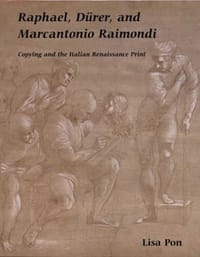书籍介绍
In early sixteenth-century Italy, works of art came to be understood as unique objects made by individuals of genius, giving rise to a new sense of the artist as the author of his images. At the same time, the practice of engraving, a medium that produced multiple printed images via collaborative processes, rapidly developed. In this book, Lisa Pon examines how images passed between artists and considers how printing techniques affected the authorship of images. Pon focuses on the encounters between the engraver Marcantonio Raimondi and three key artists: Albrecht Durer, Raphael, and Giorgio Vasari. She re-evaluates their work in the light of the tensions between possessive authorship and practical collaboration in the visual arts.

